Propel provides innovative insurance solutions to thousands of companies across the country. We make it our business to know your world inside and out.
Claims & Risk Management, Senior Care
Taking Charge of Your Insurance Costs
The senior care sector continues to face a challenging insurance market. Multiple factors are contributing to the hardening market, resulting in rising premiums and stricter underwriting. Here’s a summary of what’s happening and what you can do.
The Hardening Insurance Market
The hardening insurance market – characterized by rising rates and reduced capacity – is not limited to the senior care sector. According to MarketScout, U.S. commercial insurance rates increased 7.1% in the fourth quarter of 2020. Umbrella liability lines saw increases of 12.7%, while professional liability was up 10.3%, employment practices liability was up 6.7%, and commercial property was up 9%.
However, although commercial rates are increasing across industries, the senior care sector is being hit especially hard. In liability insurance, we’re seeing rate increases of 15% to 30% in risks with favorable loss experience and venues. Those with adverse loss experience or poor venues are seeing higher increases. Property, cyber and employment practices liability insurance rates are all increasing as well.
The Causes of the Rate Increase
It might seem easy to blame the pandemic for the current rate increases, but COVID-19 is not the only factor at play. MarketScout says that the current trend of rising rates started in 2017, long before COVID-19.
The current situation in the senior care insurance market also pre-dates COVID-19. Back in 2019, Risk & Insurance published an article describing rate increases for senior care accounts with a negative claims history.
At the same time, COVID-19 certainly hasn’t helped. It has contributed to the increased disruption of the marketplace and underwriters asking a lot more questions. Insurance carriers are also stepping up their loss control measures and what is required of their insureds.
Other factors that are impacting the current insurance market include the following:
- Acuity Creep. The population is aging rapidly, and because older residents often need more care, this impacts senior care communities. According to the S. Census Bureau, in 2012, approximately 3.7% of the population was age 80 or older. By 2020, it was 3.9%. By 2030, it will be 5.4%, and by 2040, it will be 7.3%.
- According to MyNewMarkets, the litigation environment is especially challenging in certain states, notably Kentucky, California and Florida. New York, Oklahoma and New Mexico have also proven challenging recently. Claim settlements have gotten larger and are often unpredictable.
- Data breaches and ransomware have become a growing problem for all industries. According to the FBI’s 2020 Internet Crime Report, the FBI received 791,790 complaints in 2020, with losses of $4.2 billion. This is up significantly from 2016, when the FBI received 298,728 complaints, with losses of $1.5 billion. In 2020, ransomware alone resulted in 2,474 complaints and adjusted losses of more than $29.1 million.
- Natural disasters. Fires, hurricanes, and other natural disasters have put pressure on property insurance. The National Oceanic Atmospheric Administration says that 22 natural disasters caused more than $1 billion in losses each in 2020. This is a record-number of billion-dollar events. Property rates are rising, and those properties located in areas prone to wildfire, hurricanes and other severe weather are seeing particularly large rate increases as carrier capacity is being reduced.
How Senior Care Providers Can Take Charge of Insurance Costs
Senior care providers can consider a variety of options to help reduce the impact of the hardening insurance market. Insurance carriers want to know that providers understand their risk exposures and are taking steps to mitigate them. These might include some of the following:
- Dedication to providing the right level of care and accounting for acuity creep as the population ages.
- Strong policies and procedures to protect the health and safety of both seniors and workers. These practices also help make you defensible in the event of a claim, which is important to the insurance carriers.
- Storm and fire improvements to help properties withstand natural disasters and severe weather. Some property carriers are requiring additional measures to protect buildings, such as installing seismic gas shut off values or adding sprinkler heads in attic spaces.
- Increased cybersecurity to prevent data breaches, ransomware and other cyberattacks.
- Tracking and analyzing claims to identify and address high areas of risk and implementing a plan to address these risks.
- Consider increased deductibles/retentions.
- Be ready to answer more underwriter questions and partner with your broker to present your risk in the best light to the insurance carriers.
Propel is a full-service broker that can provide risk management services to help senior care communities reduce claims and secure insurance coverage. Contact us to learn more.

Deanna Winchester
While Deanna has 30 years of experience in the Property & Casualty and Professional Liability Insurance arena, everyone knows her real expertise is her commitment to open and honest communication. With clients, carriers, and fellow Propel employees alike. More about Deanna...


